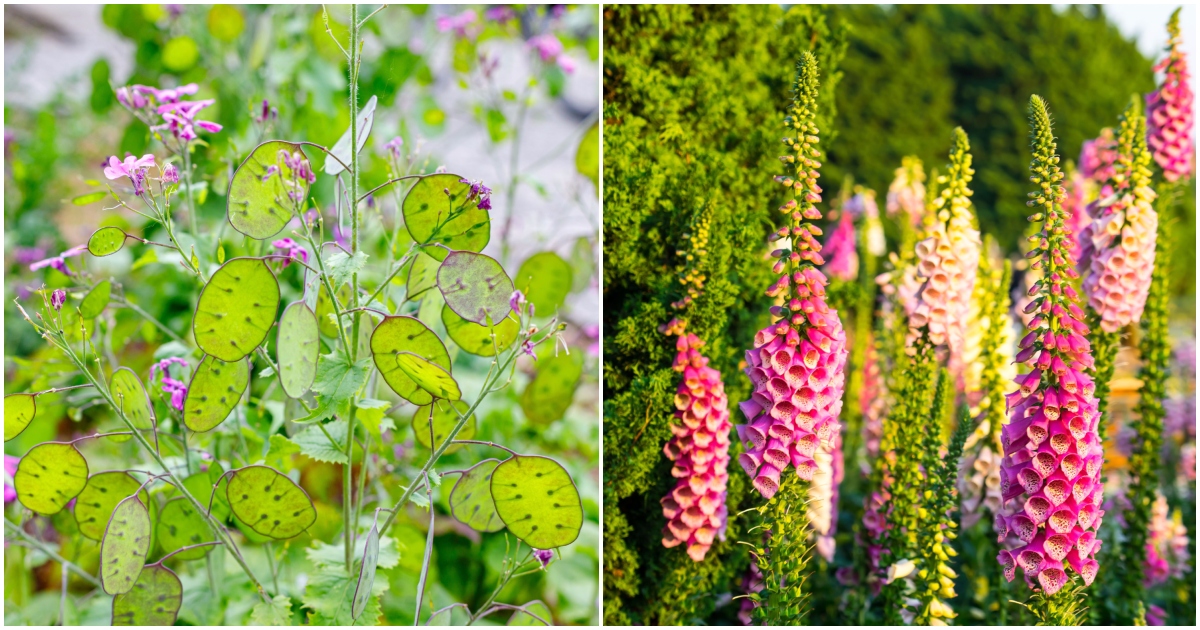
Back when I first started gardening and had no idea what a biennial plant meant, I was foolish enough to trust the information on the garden center plant tags without hesitation.
That’s how I ended up bringing home a vibrant Sweet William (Dianthus barbatus), partly driven by its nostalgic appearance and partly by its sweet floral scent. I transplanted it to a raised flower box, enjoyed its bright pink flowers for about three weeks, then watched it die a slow death with no chance of recourse.
“It’s ok, it will bounce back next spring,” I consoled myself looking at the sad clump of sticks that was left behind. You probably know how this story ends: the only other reincarnation of this plant (pun very much intended!) was as compost fodder. To say that I was disappointed would be an understatement.
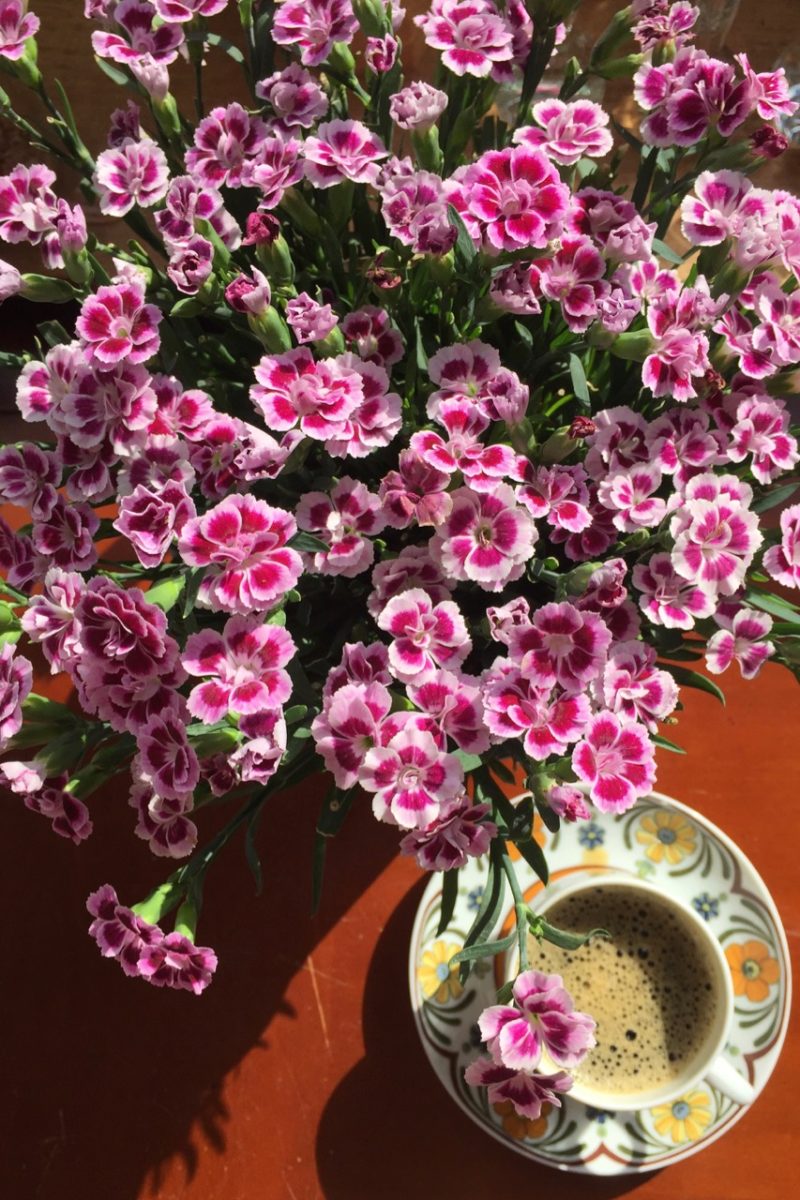
You see, the garden center had labeled this plant as a perennial, so I had no idea what I had done to kill it so quickly (and definitively). It turns out it wasn’t my fault. The Sweet William is a biennial and there was nothing I could have done to get it to regrow and rebloom. Its life cycle was over, just as nature had intended it.
To save other newbie gardeners the frustration of unmet expectations, here are a few things you should know about biennial flowers.
What are biennial plants?
In the gardening world, it’s more common to talk about flowering plants in terms of annuals and perennials. But what are biennials? Let me explain this in context.
Biennials are plants that take two years to complete their life cycle. During the first year, the plant will develop a root system and grow leaves. During the second year, the plant flowers, goes to seed, then dies. Some biennials will only form a leaf rosette low to the ground during that first year and grow tall stems when they’re ready to start producing flowers.
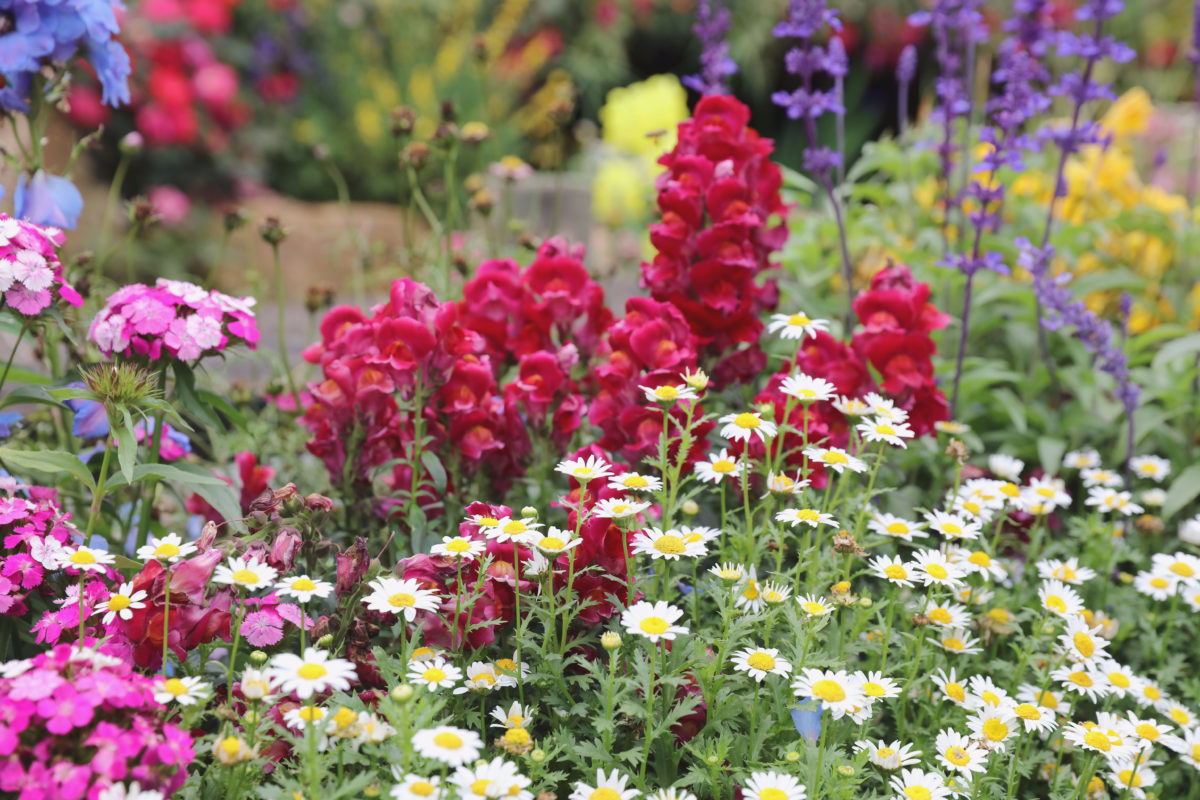
Annuals are plants that take only one year to complete their life cycle. In other words, they go from seed to seed in the same year. Once annuals go to seed, that’s the death of the plant, roots and all.
Perennials also go from seed to seed in one year. However, unlike annuals, perennials will go through this process every year. It’s not a once and done affair. Even if the plant appears dead, its roots will survive underground during the cold months and will start putting out new growth in the spring.
Is biennial the same as biannual?
No, not at all.
Biennial means that something (in our case, flowering) happens once every two years.
Biannual means that something happens twice in the same year.
We sometimes use the term “biannual” to refer to plants that have a second flush of blooms after the first set of blooms has faded. This may happen with some spring-blooming perennial plants if we time their pruning just right.
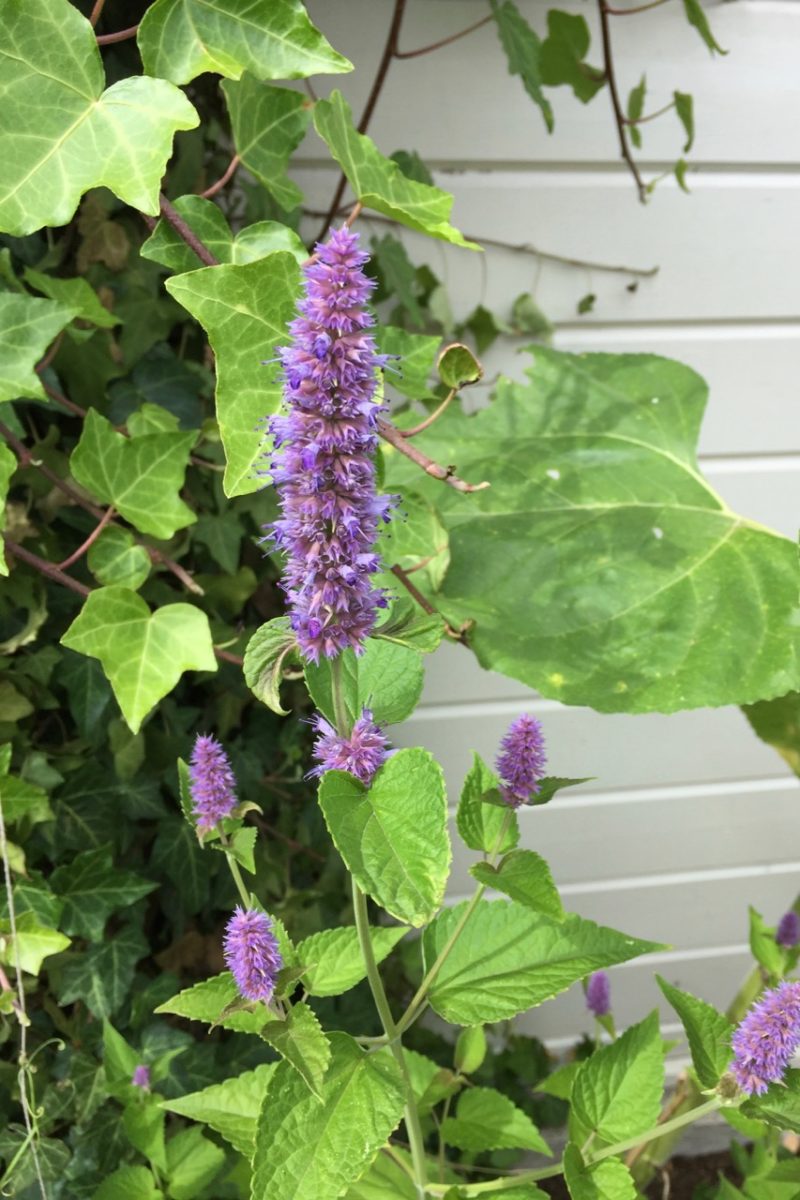
You’ll find a few examples of biannual plants in my article on perennials that you can prune in the summer. But keep in mind that biannual is not a real plant classification – in the way that annual, biennial and perennial are. It’s merely a plant behavior, akin to a survival reaction to being pruned.
Do biennials really die after two years?
The answer to this question depends very much on what kind of climate you’re gardening in. So knowing your USDA Gardening Zone (or the equivalent for your country or region) is essential in knowing what plants you can consider biennials in your area.
Biennials need to go through a process called “vernalization” – this means that they require a cold period before they produce flowers (much like spring bulbs do).
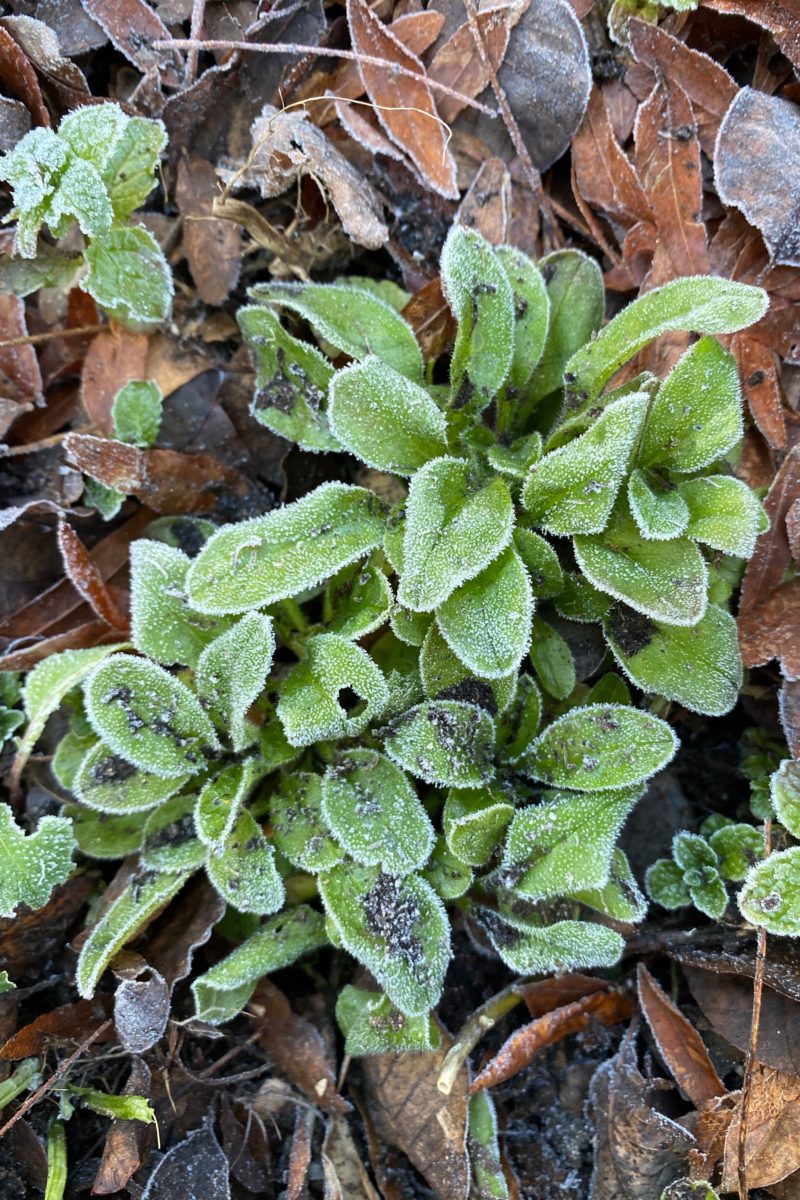
However, if your plant experiences temperature fluctuations, for example from cold to warm then back to cold during its first spring, it may produce flowers during the first year. The downside is that the bloom will often not be as vigorous since the plant didn’t have enough time to store energy.
Another scenario in which a biennial blooms in the first year is in instances of extreme drought. The biennial plant will go in fast-forward mode through the equivalent of two growing seasons. In an attempt at self-preservation due to a lack of water, the plant will set seed much faster than a well-watered biennial.
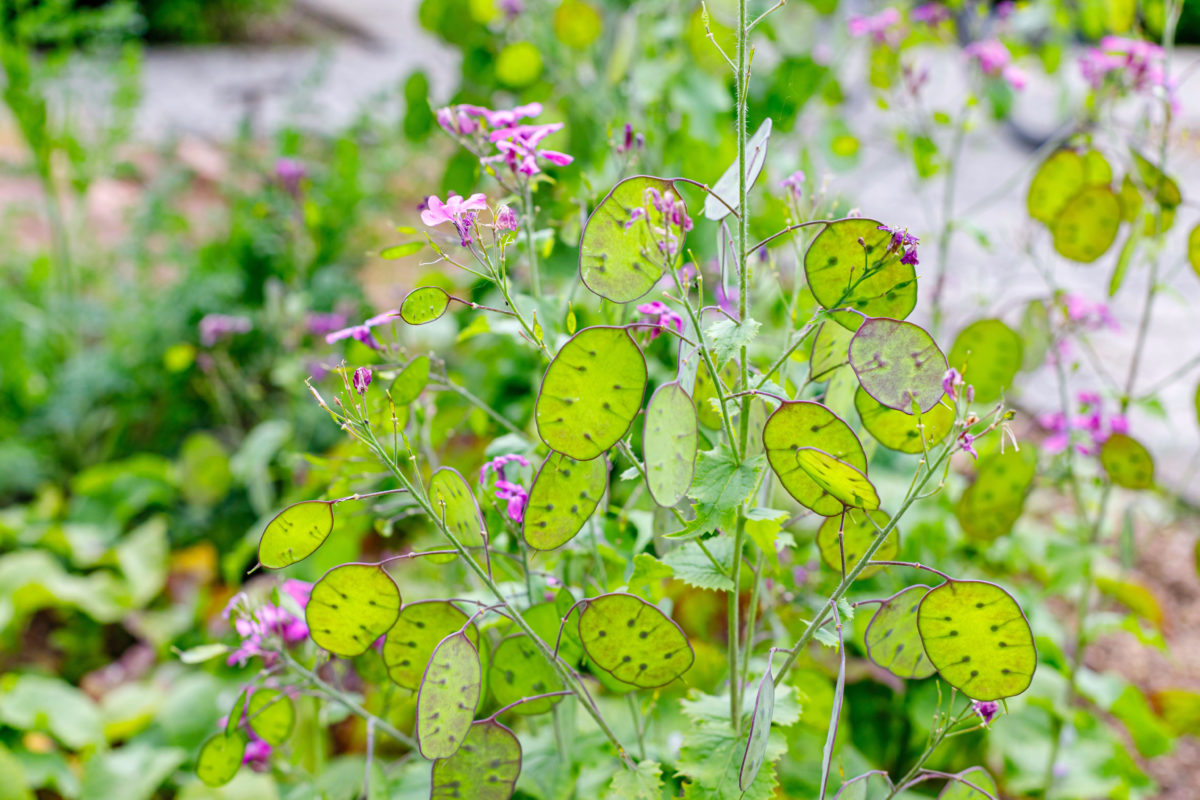
For some plants, there will be some variation within the different species of the same genus, depending on the type of climate from which the species has originally evolved in and adapted to.
For example, there are biennial foxgloves as well as perennial foxgloves (more about these beautiful blooms below). The only way to know is to double check the specific species/cultivar combo before you buy it.
The waters get even more muddy when short-lived perennials (such as some varieties of Rudbeckia) are grown as biennials.
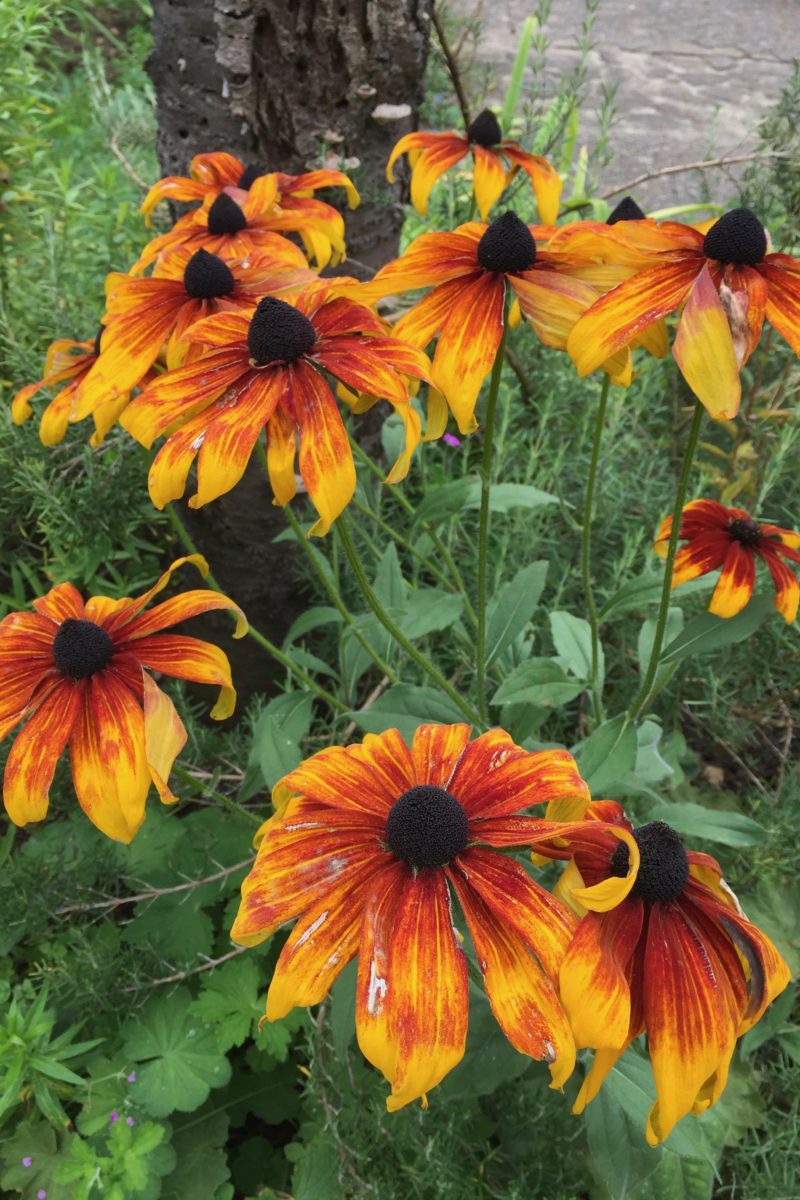
To make matters even more complicated, breeders are starting to produce new cultivars of biennial plants that bloom in the first year. I can’t blame them. Delayed gratification is no fun in gardening and everyone wants to have gardens full of flowers.
Do biennial flowers come back?
True biennials (as opposed to short-lived perennials) will only flower once. That’s it!
However, most of the biennials on the list below are reliable self-seeders. So even after their life cycle is done and dusted, the seeds that have fallen during the second year will germinate and turn into new plants, only to start the cycle all over again.
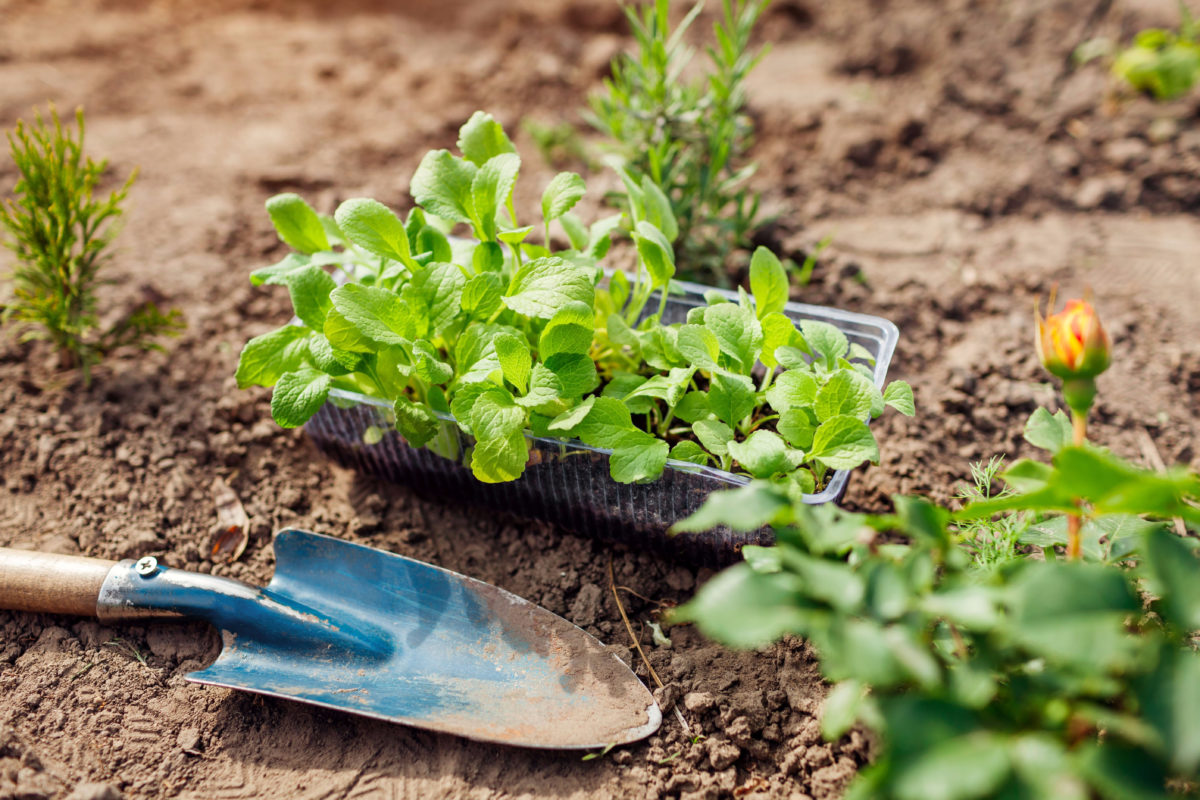
If you want biennials in bloom every year, my advice is to start them from seed every year. So, it will look a bit like this:
Year 1 – start Batch 1 from seed. Batch 1 will only produce roots and leaves.
Year 2 – Batch 1 blooms. Start Batch 2 from seed. Batch 2 will get established while Batch 1 is in bloom.
Year 3 – Batch 2 is in bloom. Start Batch 3 from seed and get it established.
Year 4 – Batch 3 is in bloom. Start Batch 4 from seed.
And so on.
This way, you’ll always have your favorite biennials in bloom. You will basically have to treat them as annuals with delayed gratification.
Should I grow biennials in my garden?
Am I right to think that, now that you know what biennials are, you’re wondering why you should bother growing them? After all, the garden space could be better used for perennials that will faithfully come back year after year.
I can think of a few reasons why you should grow biennials:
- Most biennials will reseed by themselves. Allow them to go to seed, and you might forget they’re not perennials.
- Pollinators absolutely love the blooms of the biennials on this list. Some of these flowers, such as foxgloves and campanula, will even attract hummingbirds.
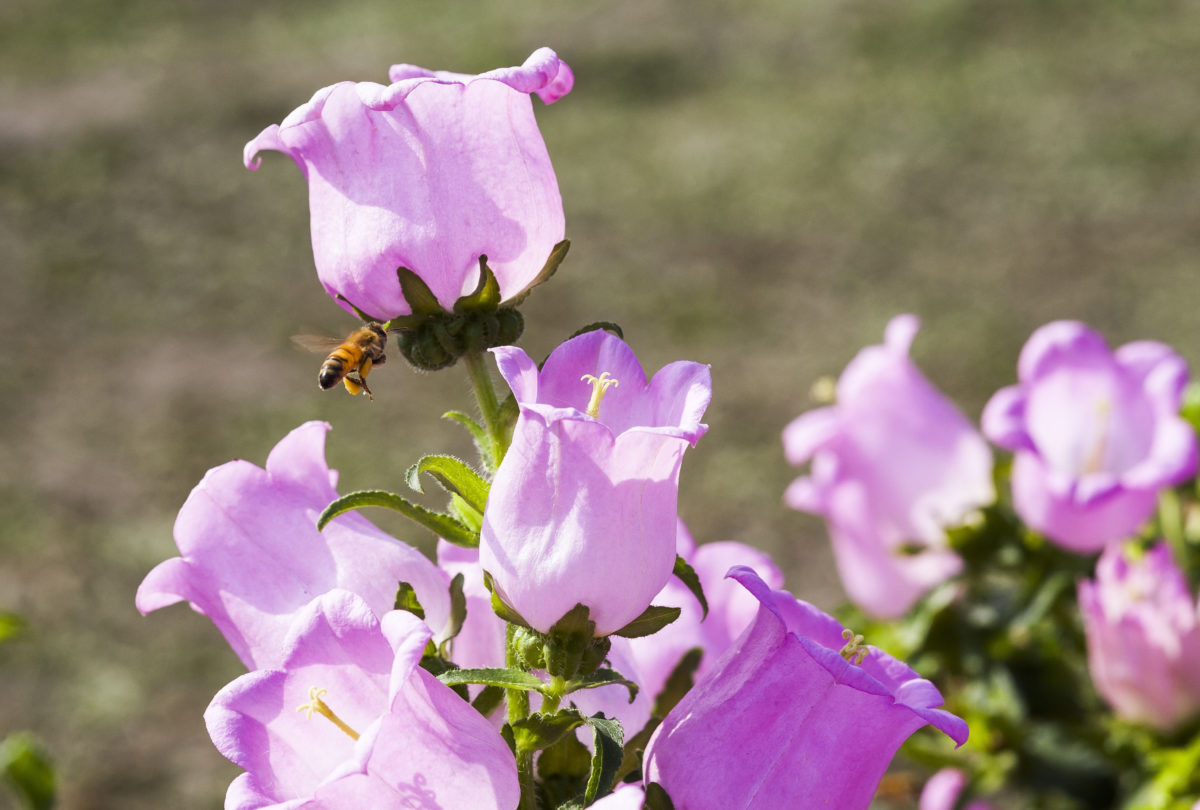
- Biennials are excellent border fillers. So if you’ve planted perennials that may take a few years to fill up, you can interplant them with biennials that will act as placeholders until your perennials get to their mature size.
- Biennials are perfect for the undecided gardener. So if you haven’t made up your mind about how you want your garden to look, or you’re considering a few different designs, you can use biennials as low-commitment placeholders to see what works and what doesn’t in your space.
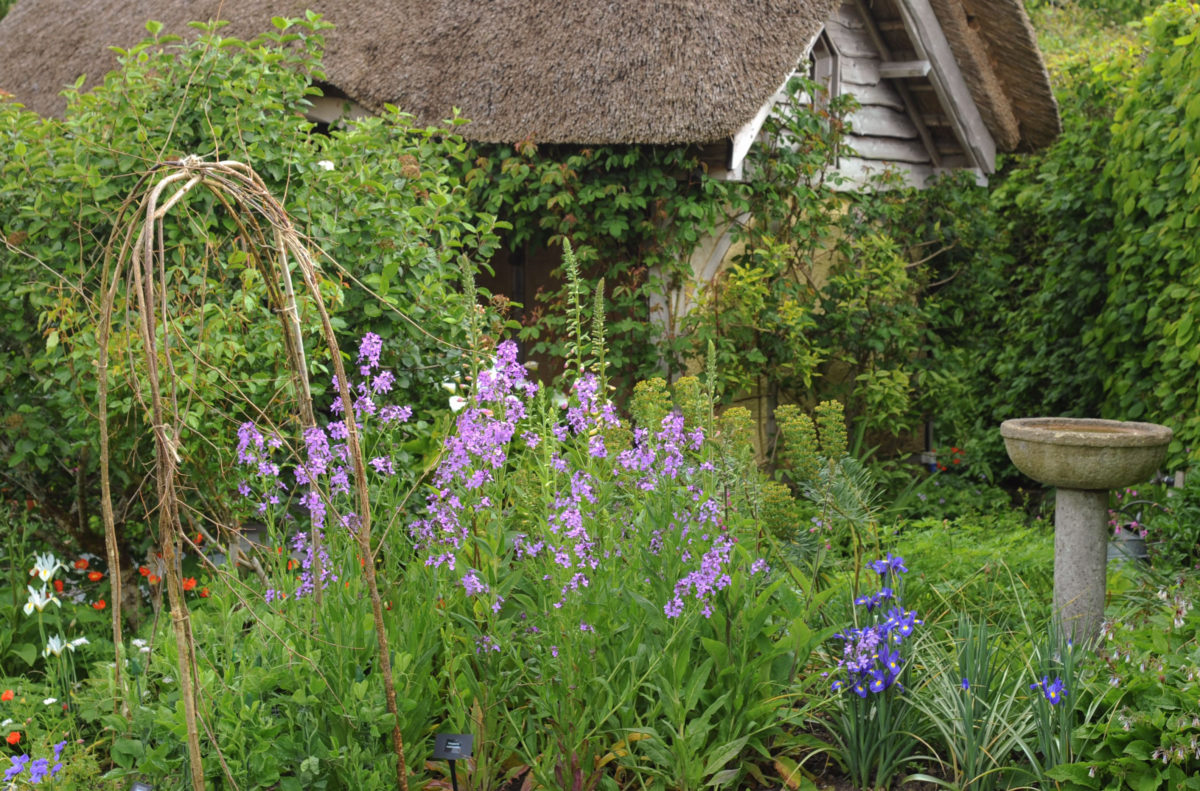
- Biennials are a good choice for short-term gardening. Whether you’re a renter or you just know that you’ll be moving in a couple of years, biennials are a good solution. You’ll still be gardening and creating a pollinator habitat, but you won’t have to pull out perennials in case you have to leave a clean slate behind when you move.
10 Biennial flowers that are easy to grow
Biennial flowers are very popular for a simple reason: they put out gorgeous displays of colorful blooms without much fuss. A lot of them are cottage garden favorites that can bring whimsy and charm to even the most suburban of gardens. Here’s a selection of biennials that you can get started from seed:
1. Foxgloves (Digitalis)
Foxgloves are the quintessential biennial flowers, although they can easily pass for perennials. That’s because foxgloves self-seed generously close to the mother-plant. So they’ll bloom year after year, giving unsuspecting gardeners the impression that it’s the same plant that produces all those bright spotty clusters of color.
In fact, the most common species of Digitalis used in gardening, such as the popular Digitalis purpurea, are biennials. Simply transplant the self-seeded baby plant to another location and you’ll have clusters of foxgloves in your garden in no time.
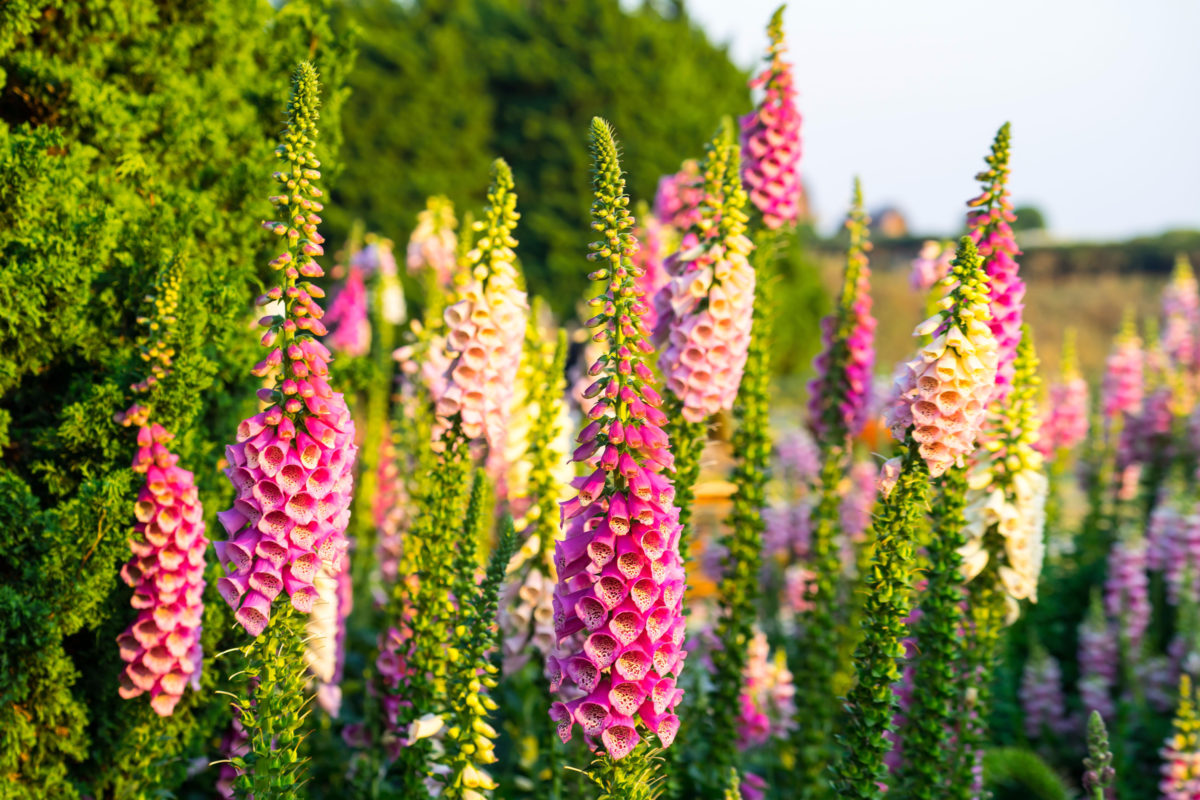
There are some types of foxgloves that are perennial, such as the Digitalis mertonensis (the strawberry foxglove), Digitalis grandiflora (one of the tallest foxgloves) and the Digitalis lanata (the Grecian foxglove).
Foxgloves are a wildlife magnet due to the sweet nectar contained in the tube-like flowers. Planting foxgloves in your garden will attract not just pollinators, but also hummingbirds.
It’s a bit of a headache to figure out which foxgloves are biennial and which ones are perennial, but I think the beauty and richness of this flower are worth the trouble.
2. Sweet William (Dianthus barbatus)
Depending on who you ask, Sweet William might be called Sweet John (“barbatus” is the Latin word for “man,” so substituting one common name for another makes sense). In the UK and parts of New England, this plant is commonly known as “pinks”. In other parts of Europe, it goes by the “mini-carnation” nickname. No matter what you choose to call it, its sweet scent is just as divine.
Since the foliage isn’t very spectacular by itself, Sweet William is often sold in full bloom. This means that by the time you bring it home, it’s already in its second year of growth. So the plant is essentially getting ready to enter the final stage of its life cycle (namely, going to seed). This is one of the reasons why, in a lot of temperate climates, Dianthus is considered an annual plant.
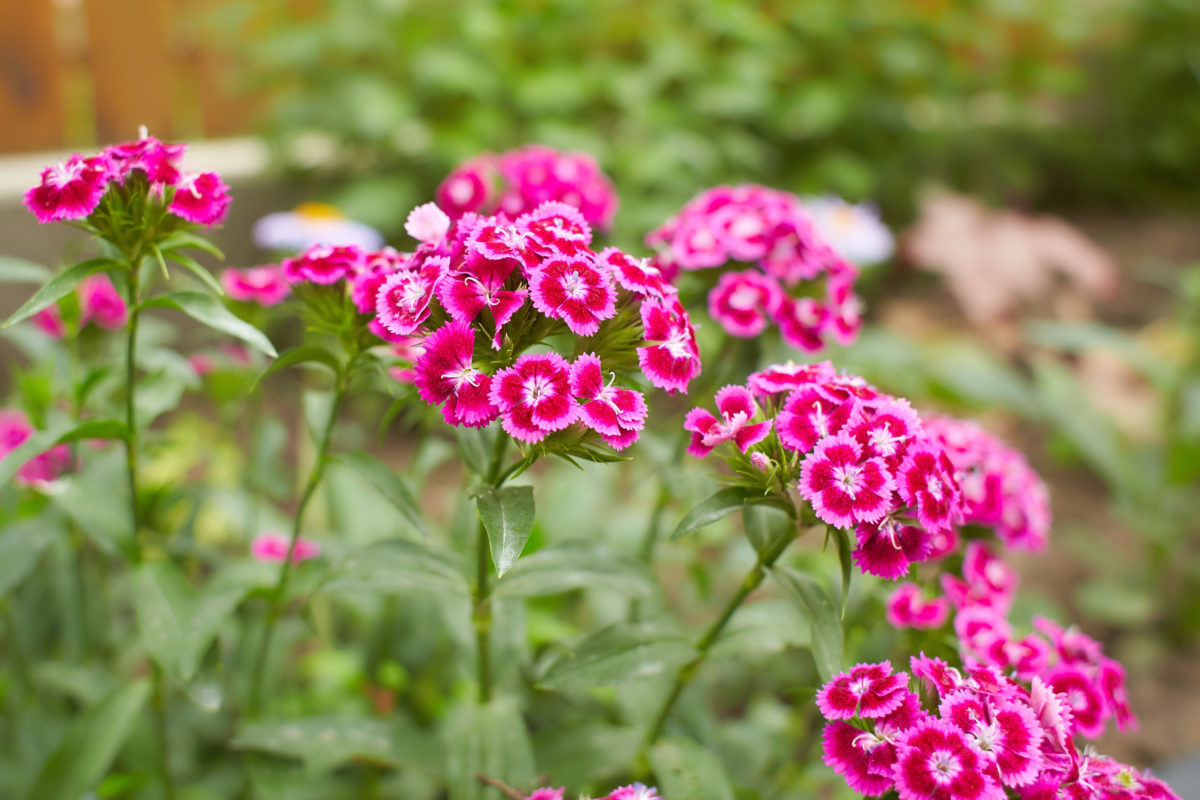
The colorful, sweet-scented flowers of Sweet William are excellent at attracting bees, butterflies and birds. If you want to start Dianthus from seed, it’s better if you opt for an older heirloom variety. The new cultivars are stunning, but it’s highly likely that their seeds will not grow true to breed.
Dianthus is one of those biennials that you can trick into flowering during its first year, but only if you start it in modules in late summer or early fall (before the last frost), then transplant it in the garden to experience a cold spell. Sweet William needs full sun and very well-drained soil.
3. Primrose or polyanthus (Primula)
The primrose I’m talking about here, also known as polyanthus, is part of the Primulaceae family. It shouldn’t be confused with the scented evening primrose (Oenothera biennis), the medicinal plant that opens at night. Having the same common name for both of them is quite confusing. That’s why some gardeners call this biennial flower primula or polyanthus.
Their Latin name is an indication of their bloom time. Primula are one of the first flowers to bloom in late winter and very early spring. They need cold weather in order to stay in bloom, so in climates with warm springs, they tend to bolt quickly.
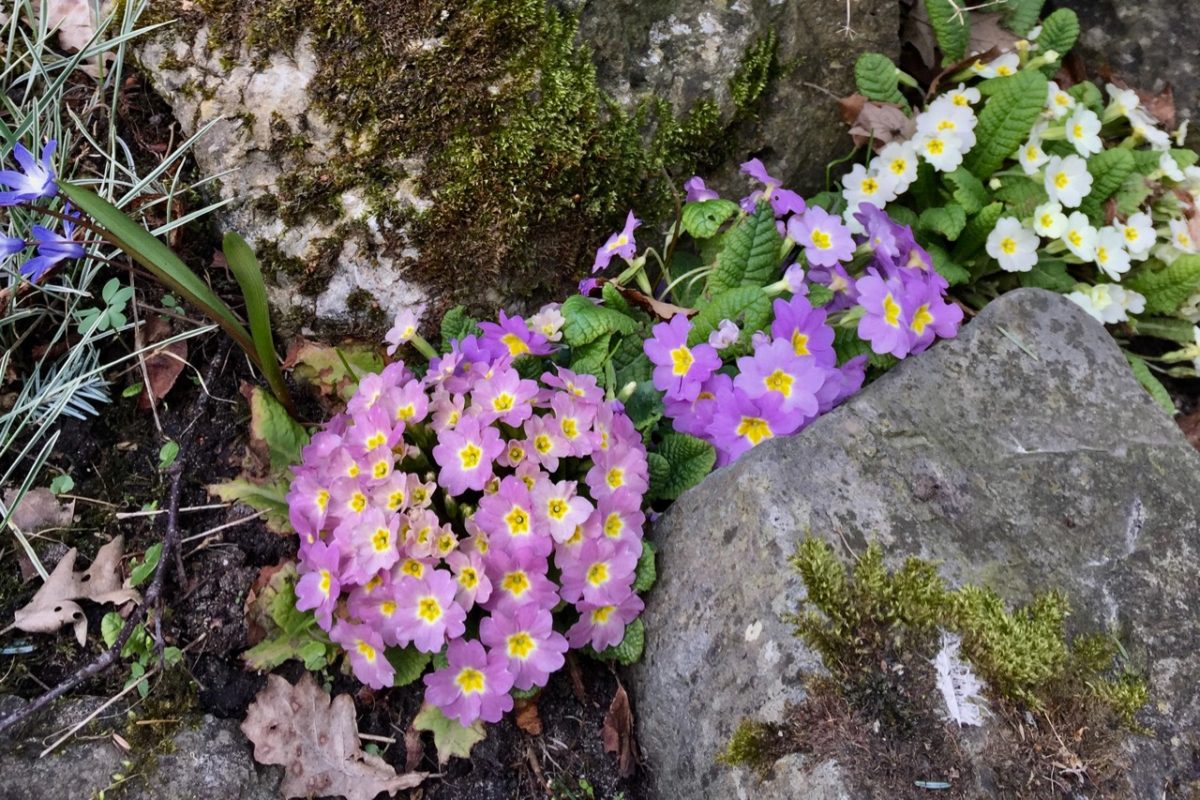
There are over 500 species of primula growing all over the world. But the most common one in ornamental gardens is Primula polyantha (itself a hybrid between Primula veris and Primula vulgaris). It’s most likely the cultivars of this type of primula that we find for sale in gardening centers starting in early January.
Just like Sweet William, the primroses that you buy in bloom are already in their second season of growth. But starting primula from seed is a rather finicky affair. According to the American Primrose Society, the seeds need just the right amount of light, heat and moisture. And even then, it may take up to three months for some primula seeds to germinate.
4. Forget-me-not (Myosotis)
Forget-me-not is perhaps the one flower that even non-gardeners have heard of. That’s because it is steeped in symbolism, both hopeful and problematic. (Just do a Wikipedia search to see some of this flower’s assigned meanings throughout history.)
But not everyone knows what it looks like. The small sky-blue flowers often act as a backdrop in spring gardens, working particularly well to emphasize the beauty of bulbs such as tulips and daffodils.
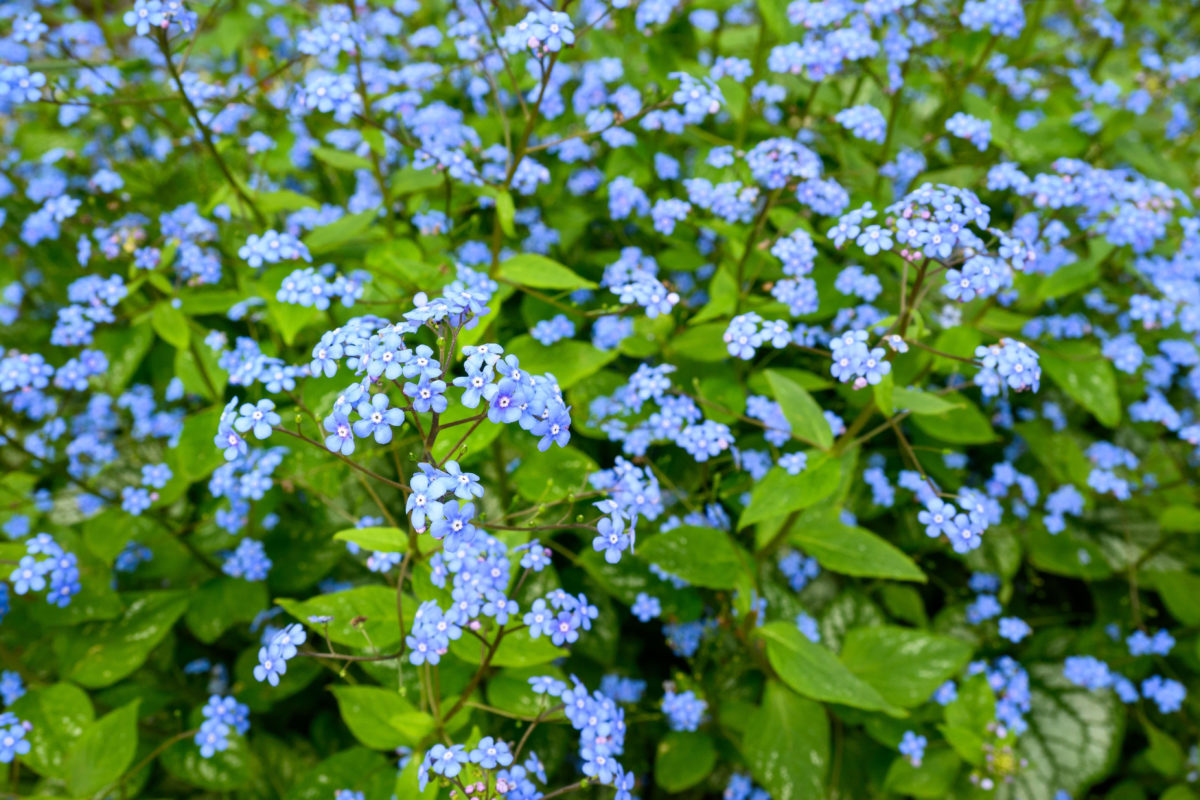
You can sow forget-me-nots seeds either in late spring or in early fall for a bloom display the following spring. However, if you sow them late in the year, you’ll have to do it indoors in order to keep the seedlings warm enough to germinate and grow.
Myosotis will self-seed in your garden, but it cannot handle too much drought.
5. Canterbury bells (Campanula)
Campanula, the diminutive of “campana” (which means “bell”) goes by a few different names. You may know it as Canterbury bells, Coventry bells or “cup and saucer”. Either way, what you’re looking for is Campanula medium and its various cultivars.
Despite their common name in English, Canterbury bells are native to the Mediterranean, but they have been naturalized across North America. The beautiful bell-shaped flowers come in shades of deep blue, bright pink, soft white and velvety purple. The large clusters of summer flowers are very popular with florists and they’re the perfect addition to any cut garden.
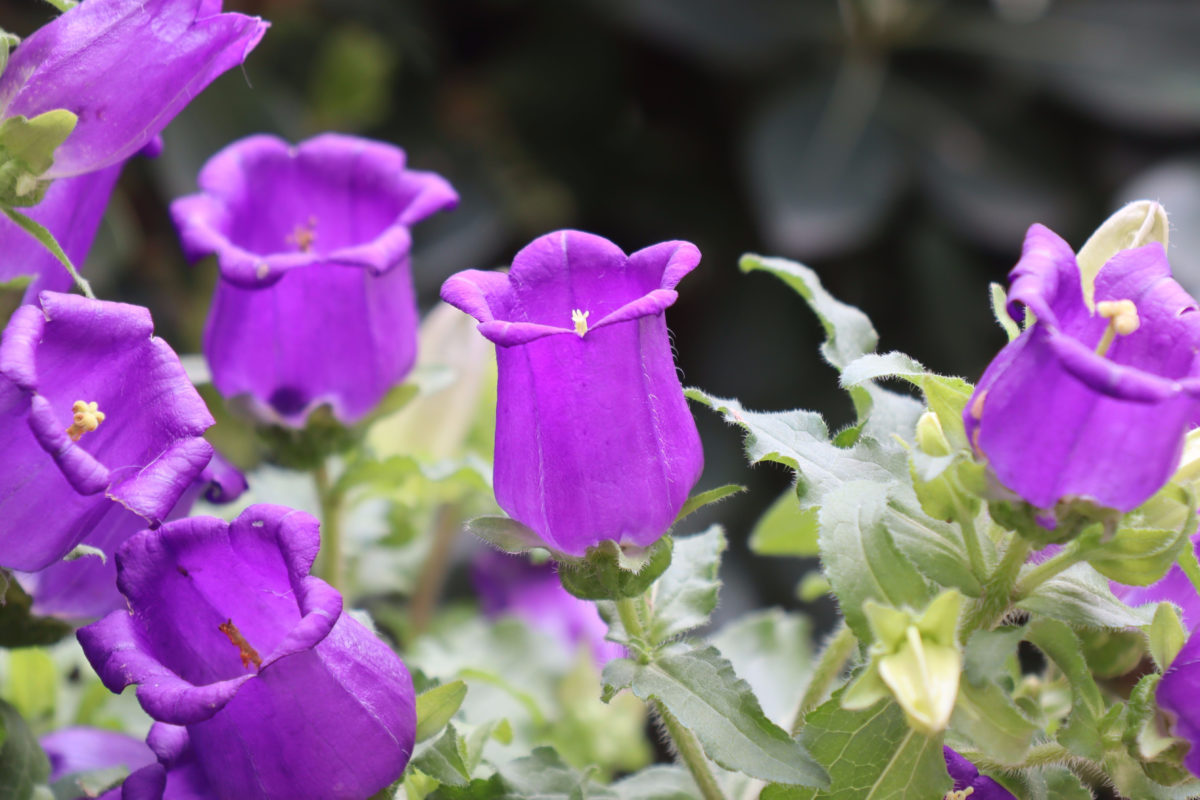
You can start campanula from seeds every year, either indoors or straight in the garden in spring. It will do well in rich, well-drained soil and full sun, but it can also handle part shade. The plant is a true biennial, and it will spend its first year with nary a flower in sight. But you will be rewarded with a show-stopping display of blooms in its second summer.
6. Silver dollar or money plant (Lunaria annua)
Lunaria, also called a silver dollar, a dollar plant or a moonwort, is perhaps the most peculiar plant on this list. In part, this is because it belongs to the same family (Brassicaceae) as cabbage, kale and turnips, despite looking nothing like it.
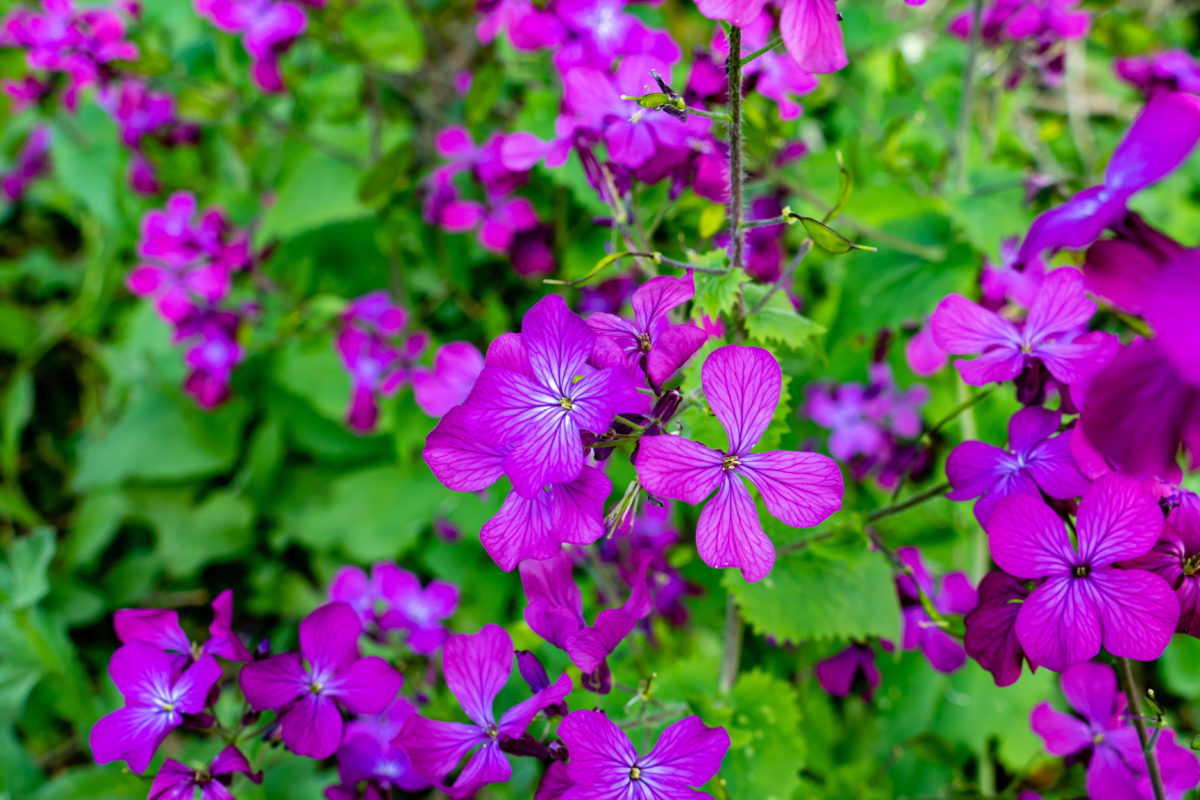
Its quirkiness also stems from its transformation over its second growing season, from a fuchsia-pink pollinator magnet to weird seed pods that look like a money purse full of coins. The seedpods start out as green, but then they turn a translucent silver. This makes it a very popular plant for dry flower arrangement.
There are so many plants nicknamed “money plant,” so make sure you look for “lunaria” if you’re buying seeds online.
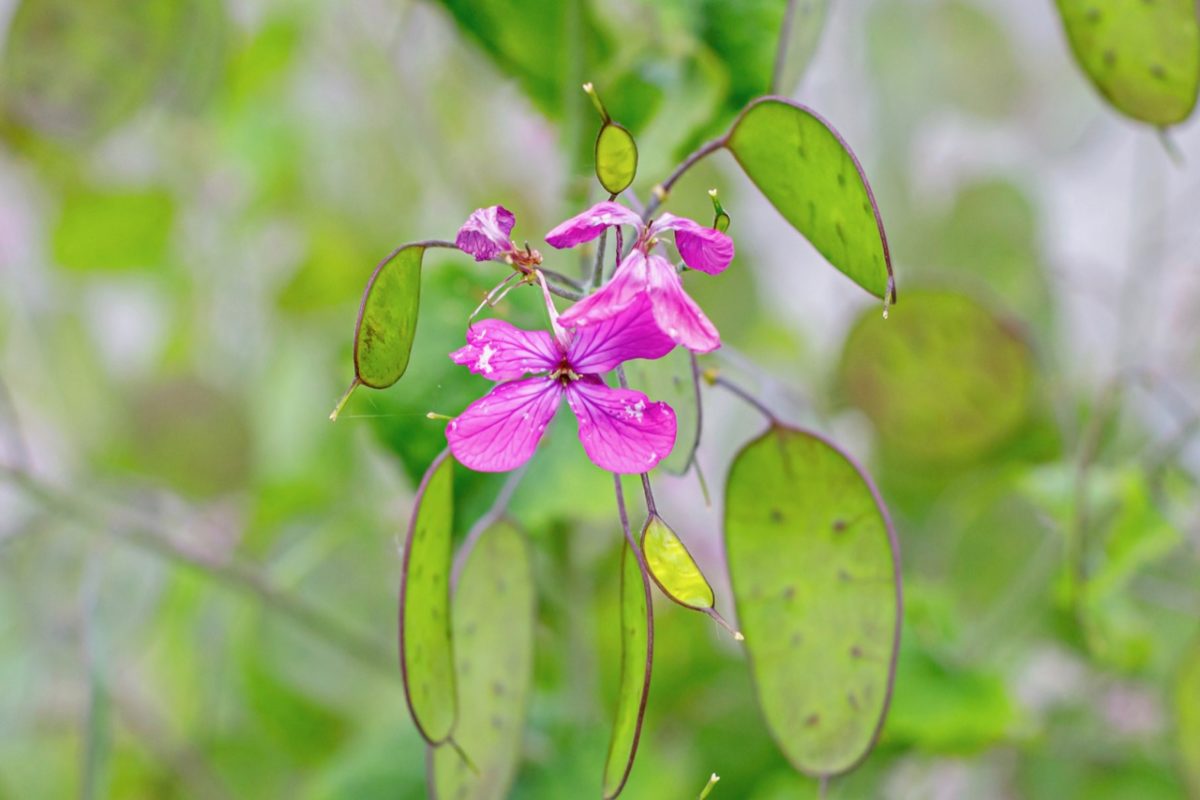
You can start lunaria from seed in the spring or late summer and plant them in a shaded part of the garden. It’s a prolific self-seeder, and can sometimes look a bit messy, but it’s an absolute pro at attracting bees and other pollinators. It’s a true biennial, so if you want it to self-seed, don’t pick all the dry pods (as tempting as that may be).
7. Wild angelica (Angelica sylvestris)
Don’t let the words “wild” and “sylvestris” confuse you into thinking that this angelica is exclusively a woodland plant. Cultivars of this species of angelica have been grown as ornamental garden plants for decades. In the past, this plant was considered edible, and a good herbal remedy for an upset tummy.
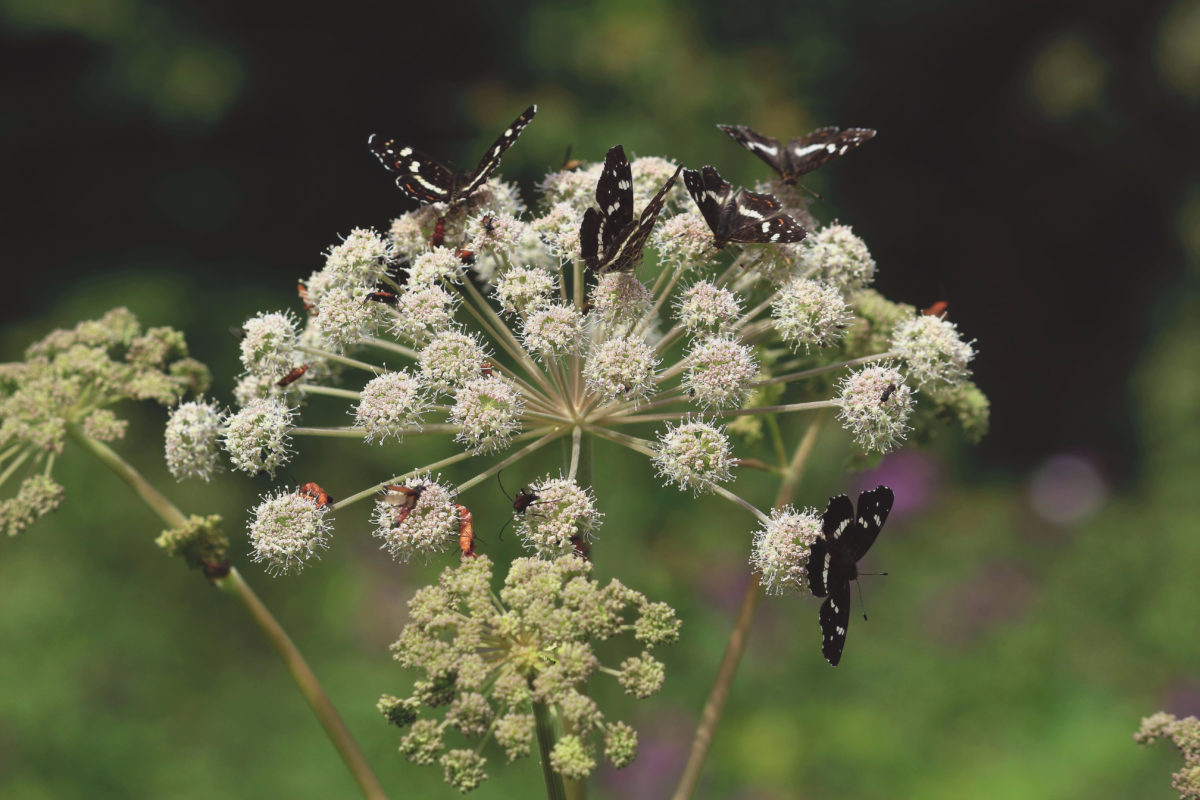
Its white, pink or purple umbles tower at around 8 feet tall (over 2 meters), so it looks fabulous in a meadow or a cottage garden. The flowers are an attractive host to bees and butterflies all through the summer.
Some species of angelica are considered perennials, but usually the ones sold in garden centers are biennials. The seeds require light to germinate, so don’t add any compost on top when you’re starting them. For an unusual color of angelica, look for the ‘Ebony’ cultivar, with dark purple leaves and deep mauve flowers.
8. Clary sage (Salvia sclarea)
Even though clary sage is not as popular as other members of the Savia genus, you might be familiar with it as a source of beneficial essential oils. And if you live in North Carolina, you may have noticed fields of clary sage grown specifically for the herbal remedies industry. But you can grow clary sage in your garden just as you would any other type of Salvia.
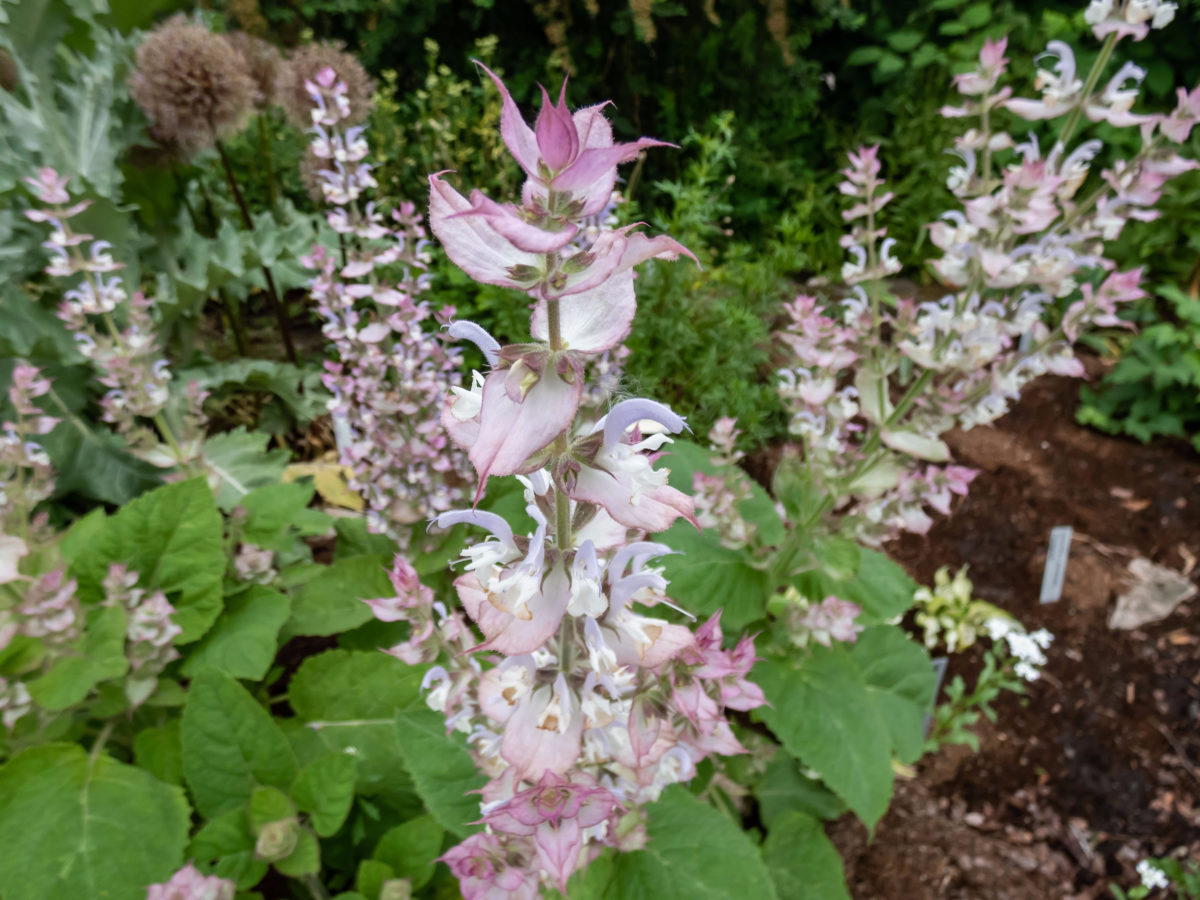
If you’ve ever tried to start sage, rosemary or lavender from seed, you’ll know that this is an exercise in patience. It’s the same for clary sage. You have to start the seeds indoors in late winter, do a surface-level seeding and keep them warm and moist while they germinate. Once the seedlings are about eight inches tall, transfer them out in the garden.
During that first growing season, the leaves will remain in a low mound. Early in the second year, you will see an emerging stem that will soon fill up with purple flowers.
Clary sage is a native of the Mediterranean, so it prefers sunny locations and it doesn’t need a lot of water to grow tall and lush.
9. Wallflower (Erysimum)
Like the majority of the biennials on this list, wallflowers are also a native of Southern Europe. They’re not shy, but they will find small openings in walls and cracks in between slabs of pavement to sprout from. As their name suggests, these flowers do very well in poor and shallow soil and in full sun.
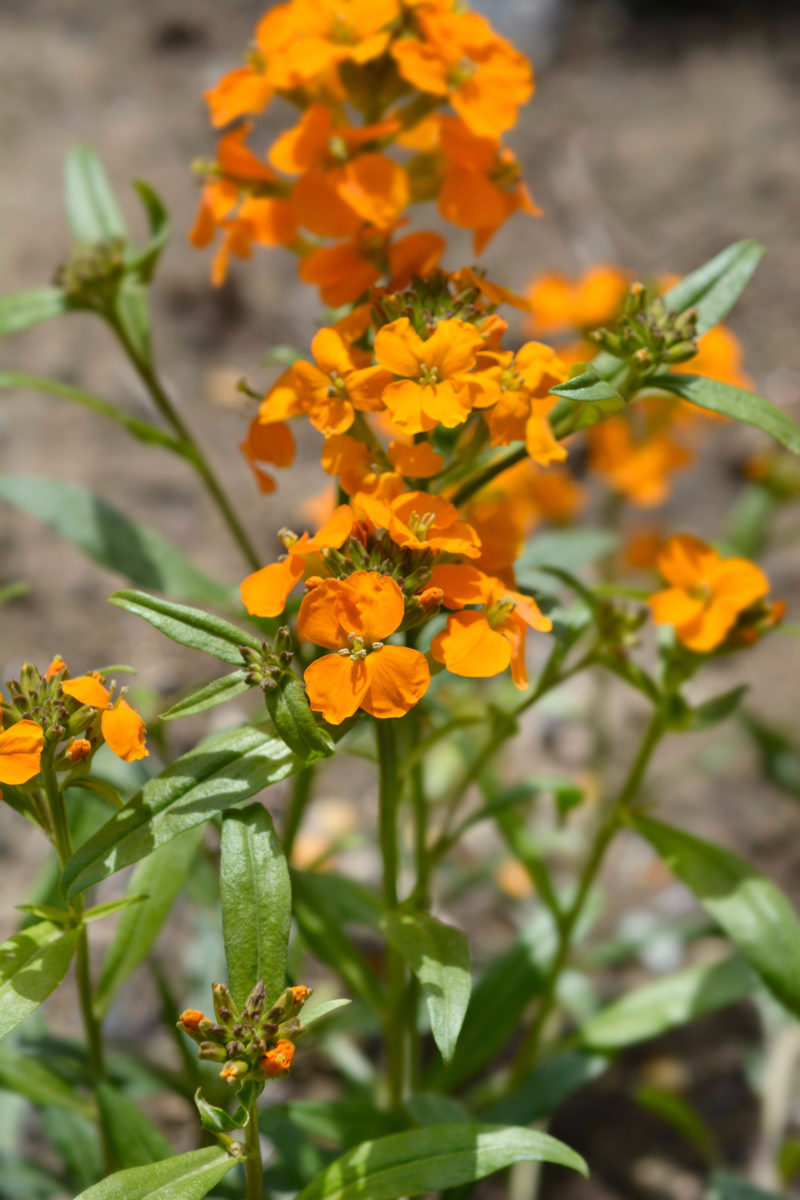
Wallflowers are one of the first plants to put out a pop of color in spring; but unlike other spring flowers, they do have a longer blooming time. Which is good news because pollinators will flock to wildflowers all through the season, but the pollen and nectar of these beauties will be especially popular in spring, when there’s not much else around.
You can start wildflowers from seed the previous spring, or buy them as a bare root transplant in the fall. Plant them at the same time you plant your tulips, and you’ll skip the non-blooming season.
10. Dame’s rocket or dame’s violet (Hesperis matrionalis)
Another member of the Brassicaceae, just like the silver dollar plant, dame’s rocket is just as pretty. The name is funny, but if you think of “rocket” as another word for arugula, and not in terms of space voyage, you’ll see it makes sense.
The flowers have a sweet scent that attracts pollinators, so you may also find this plant under the name “sweet rocket.”
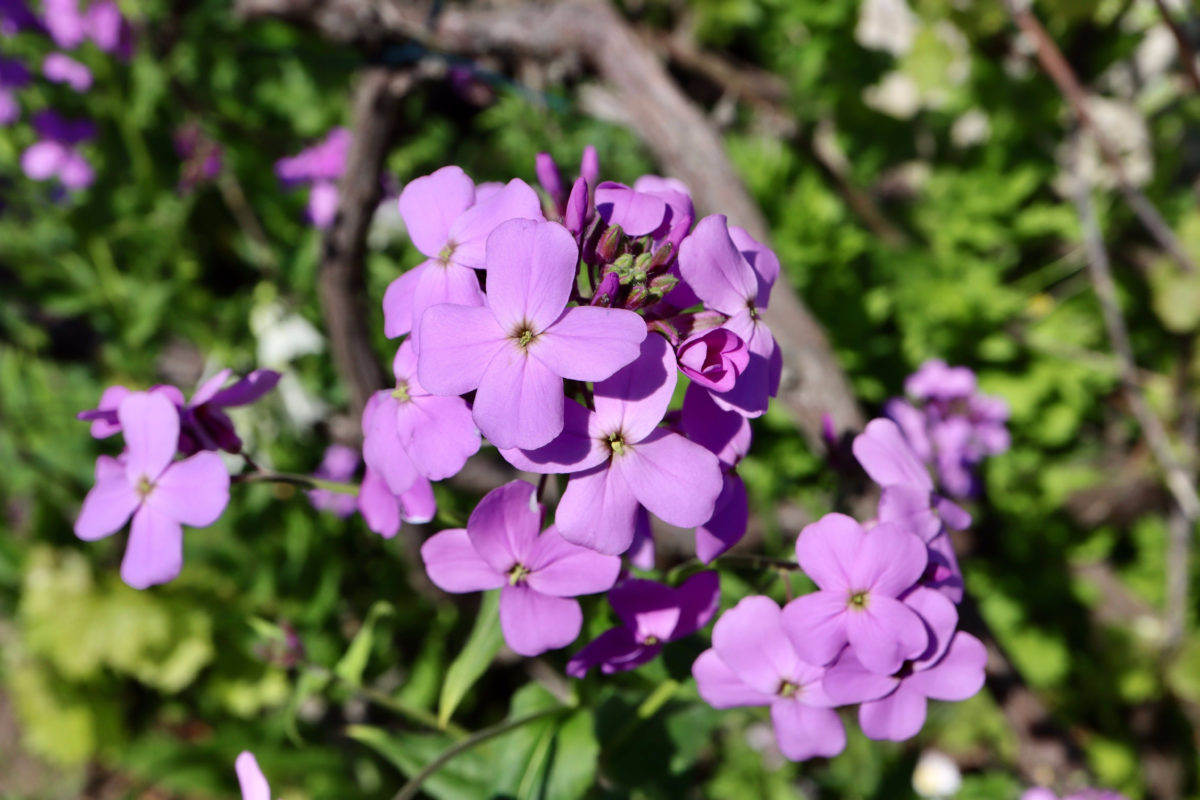
Dame’s rocket comes in shades of white or purple, with seed packages often containing a mix. You can start the seeds straight in the ground in spring planting it in a spot that gets some part shade during the summer months.
You can use Dame’s rocket as a filler in garden beds and borders. But wherever you decide to plant it, make sure it does not escape cultivation. Some American states consider this flower invasive and will discourage propagation. Check with the agricultural extension of your local state university on planting advice before you bring it into the garden.
Now that you know what biennials are and how to get them started, I hope you’ll leave some space in your propagator for some gorgeous biennial blooms.

